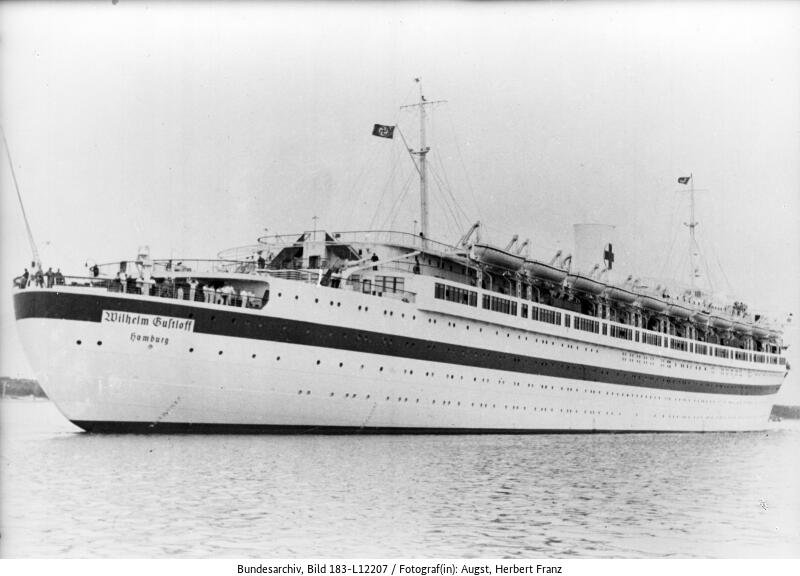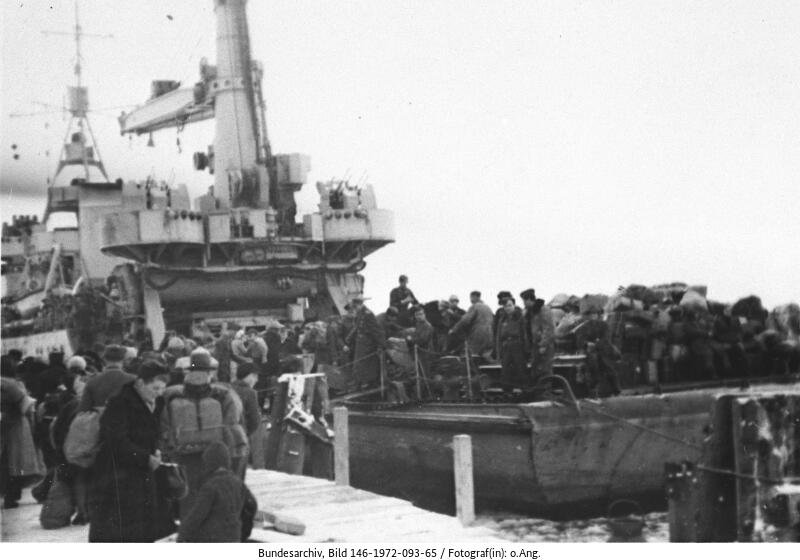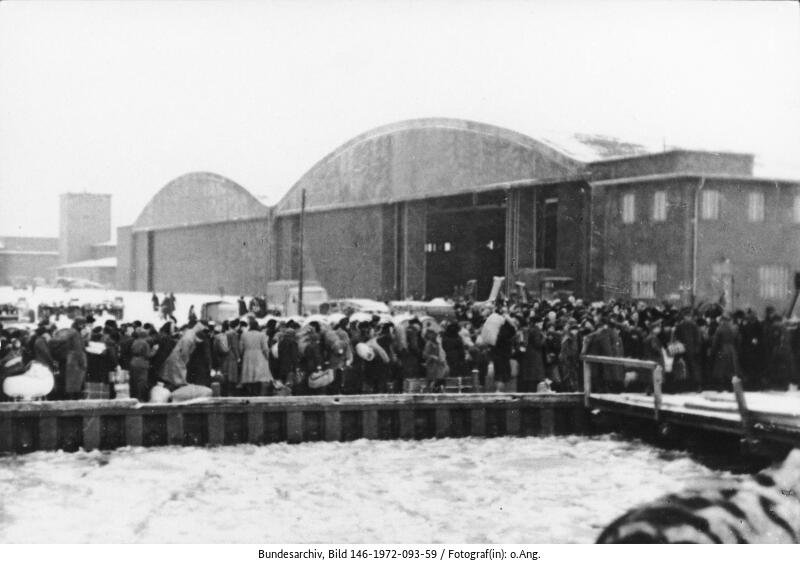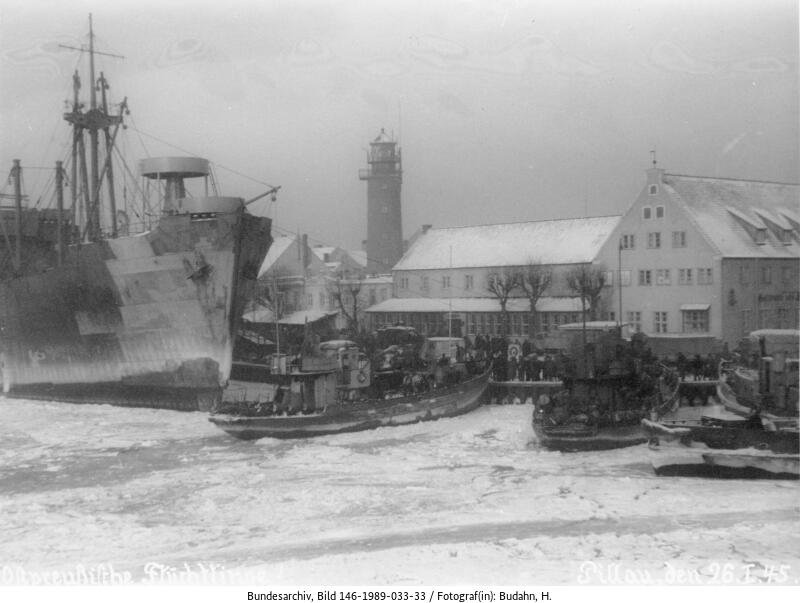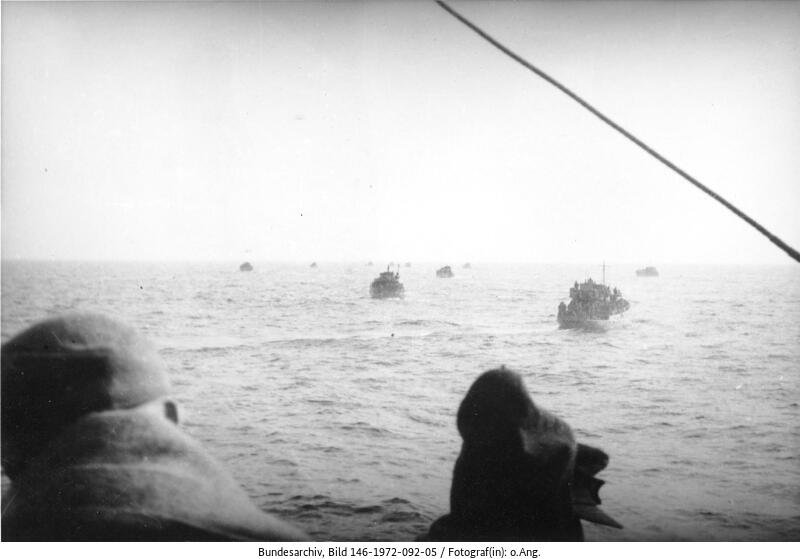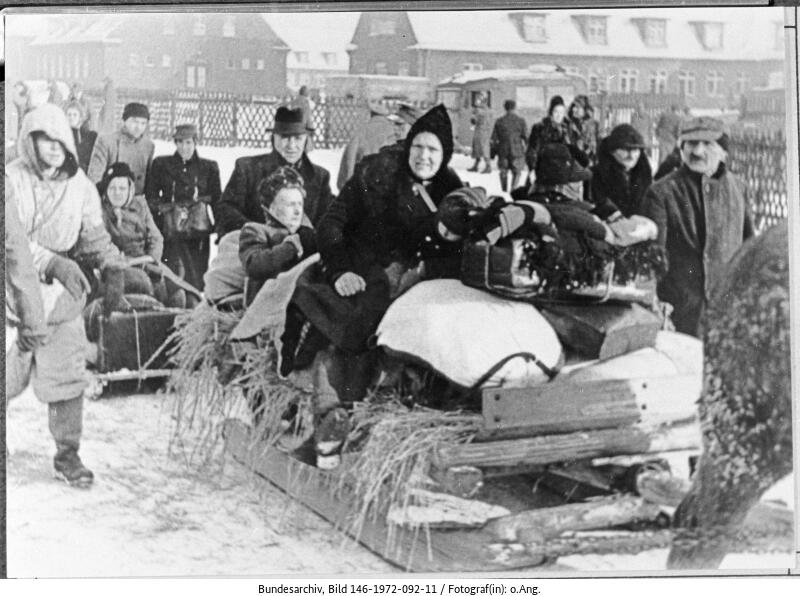In late January 1945, the German Navy deployed the Wilhelm Gustloff to evacuate German military and civilian refugees from the eastern provinces of Germany (today’s Poland) across the Baltic Sea. There were more than 10,000 people aboard the ship when it was spotted by a Soviet submarine on 30 January. The submarine fired four torpedoes, three of which hit their target. The ship went down. The number of lifeboats was insufficient, and the ships that hastened to the scene could only rescue a limited number of people from the icy water. More than 9,000 people died, which made it the largest maritime disaster in modern history.
The Wilhelm Gustloff disaster
Jan. 30, 1945 Gdynia, Oostzee
The people on the ship were fleeing the Red Army, which was advancing towards Berlin. The Soviet soldiers barely distinguished between the military and the civilians they came across. There were many reports of looting, murder, and rape. With temperatures well below freezing point, large groups of people move westward, often on foot. Nearly half a million Germans, in many cases women and children, died along the way.
The German army deployed ships to evacuate people. Three of these ships were torpedoed by Soviet ships: the Wilhelm Gustloff, the Steuben (with about 4500 casualties), and the Goya (with about 6500 casualties).
